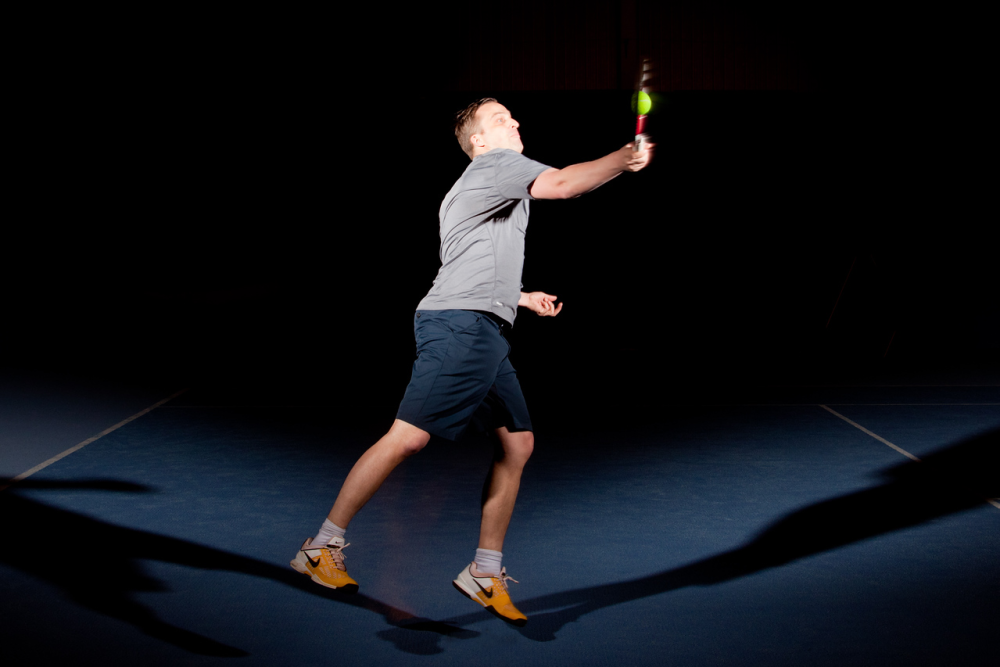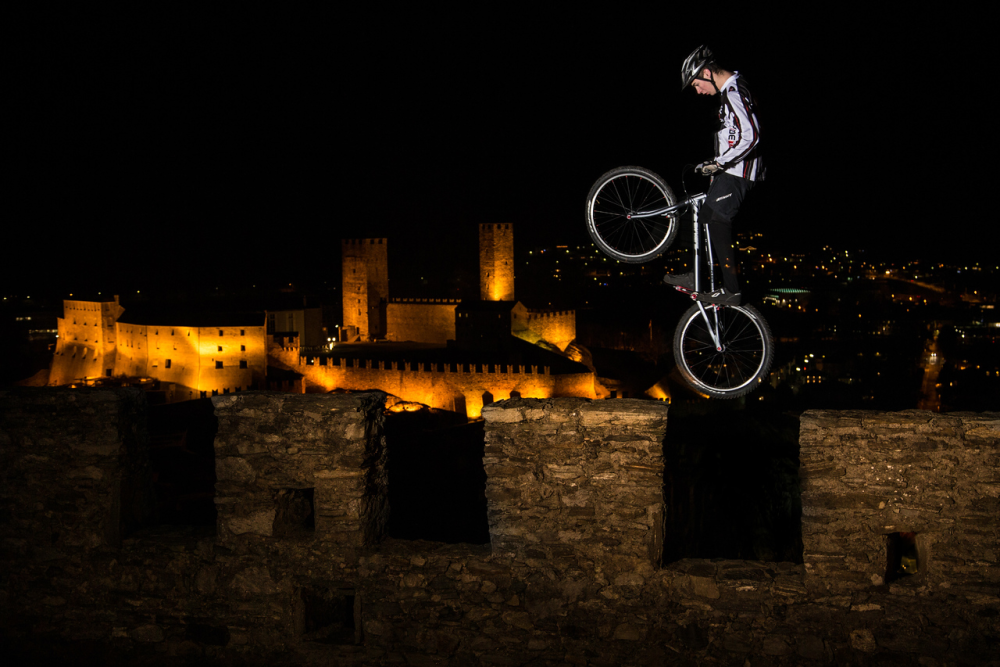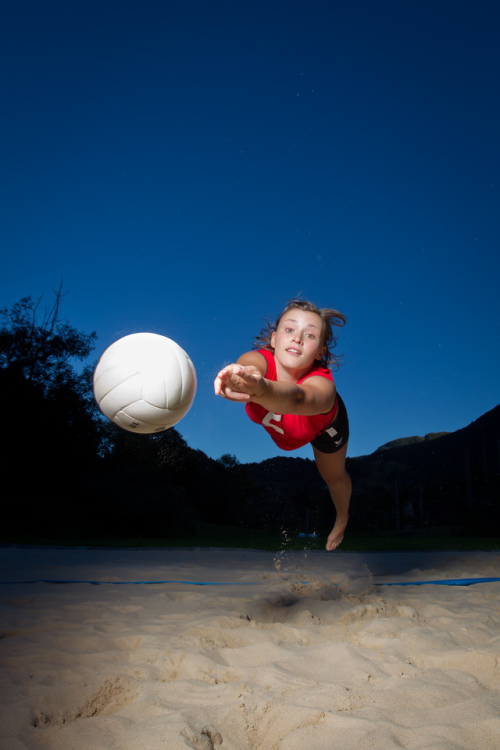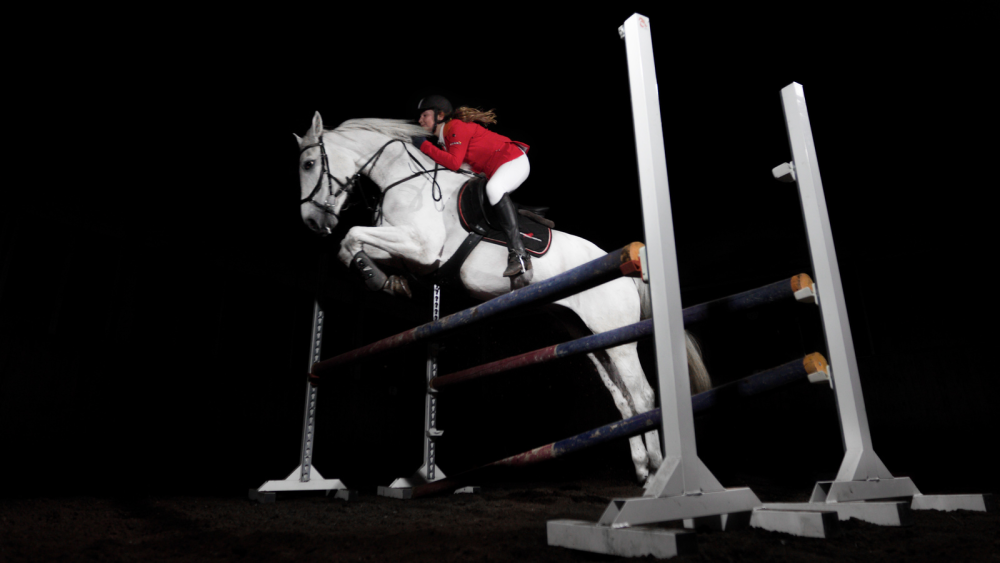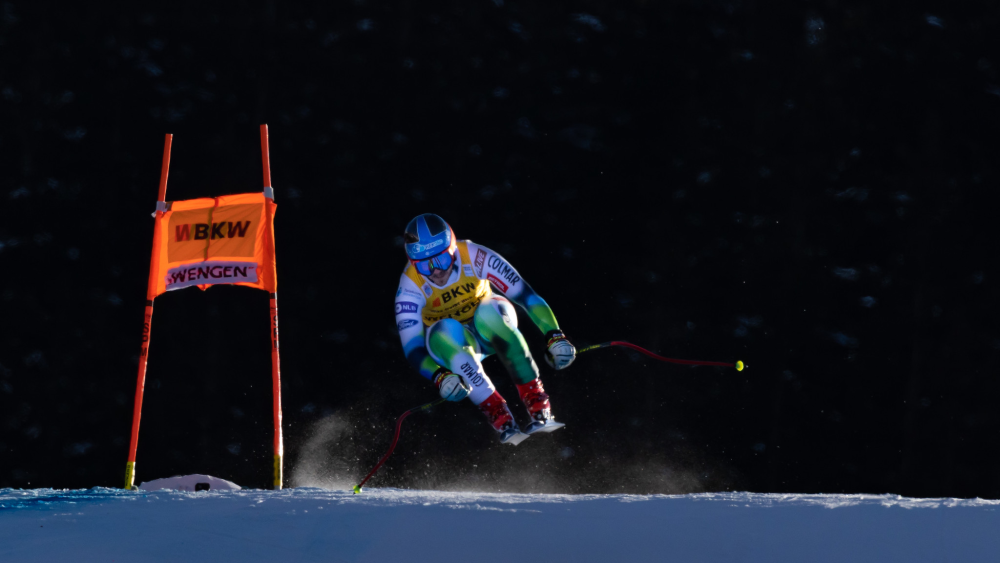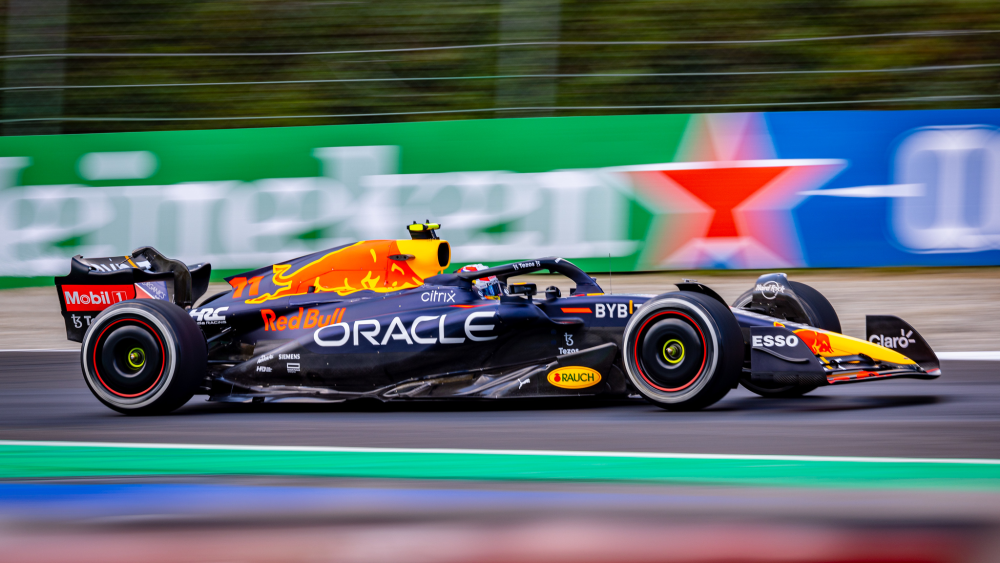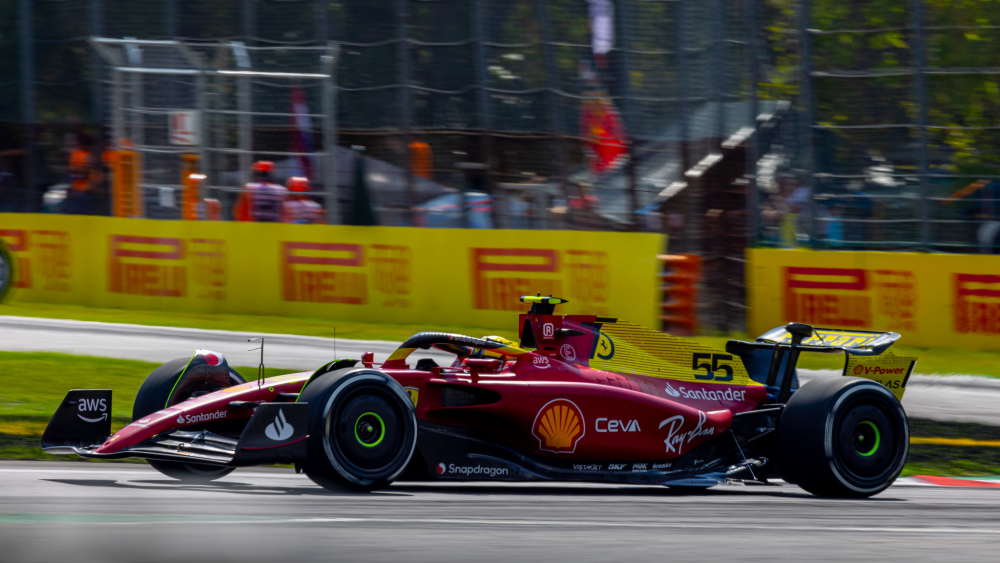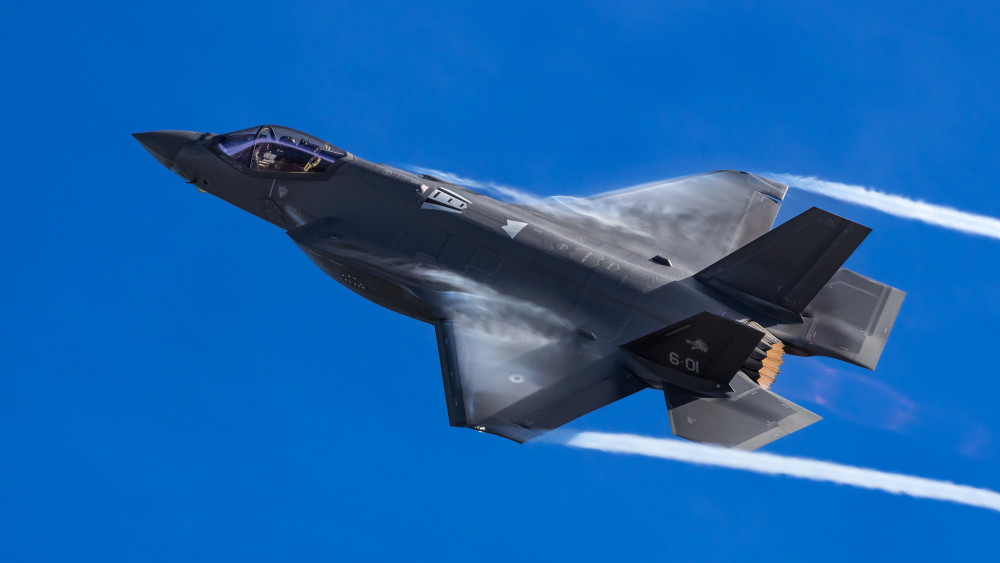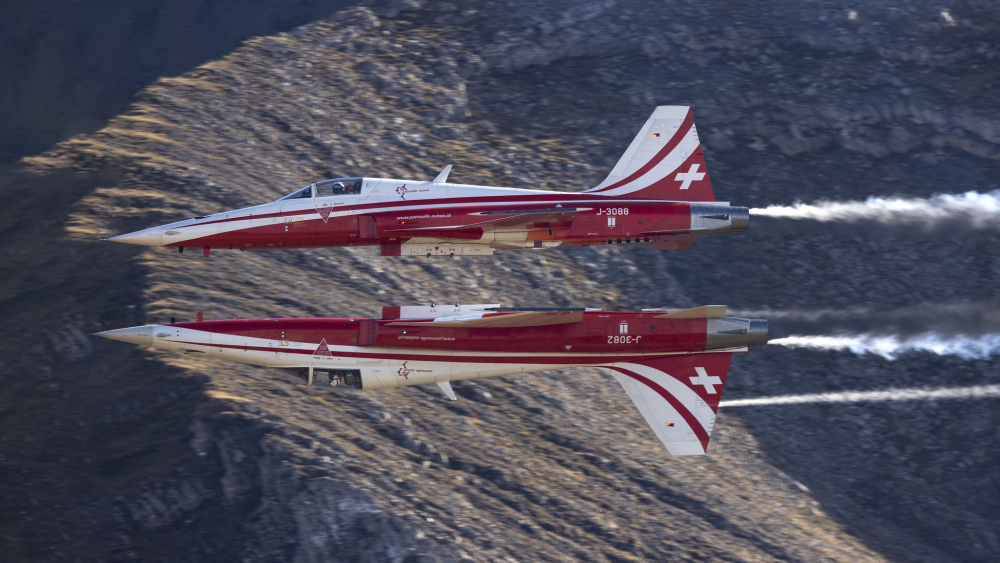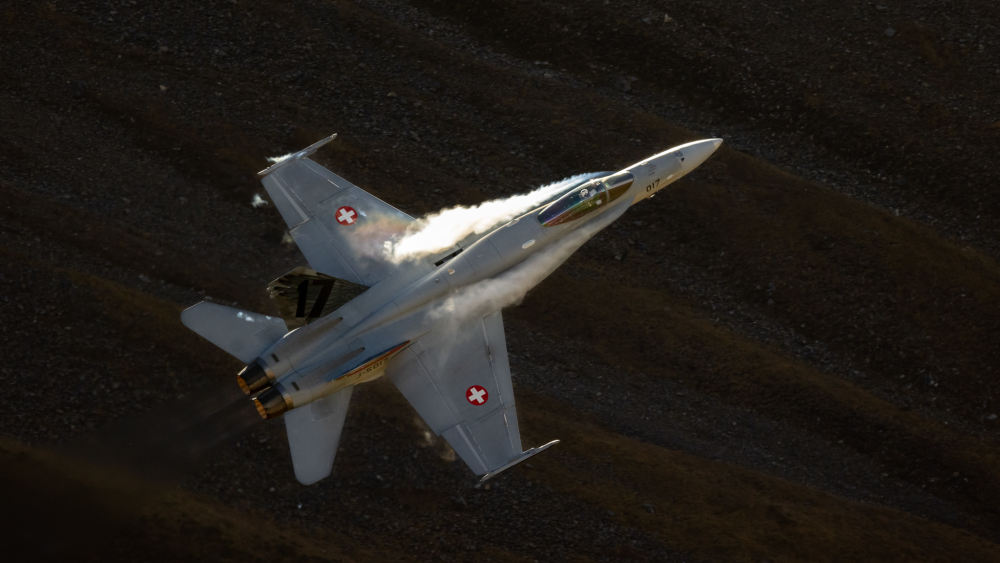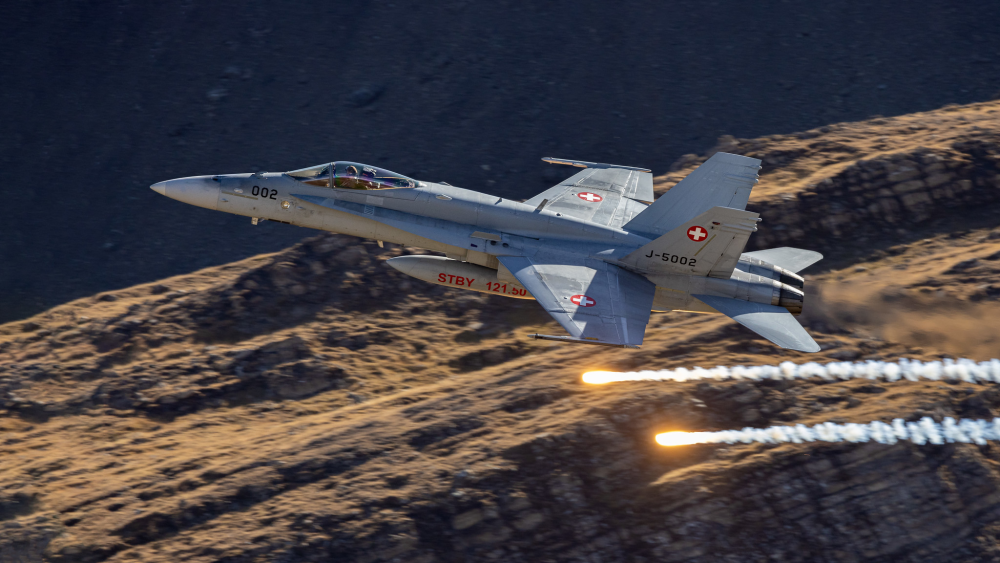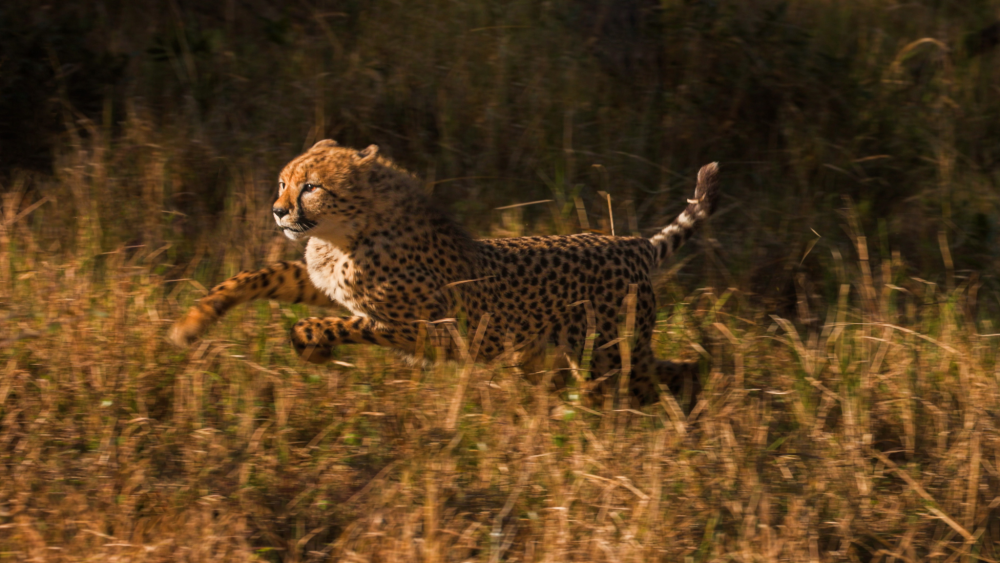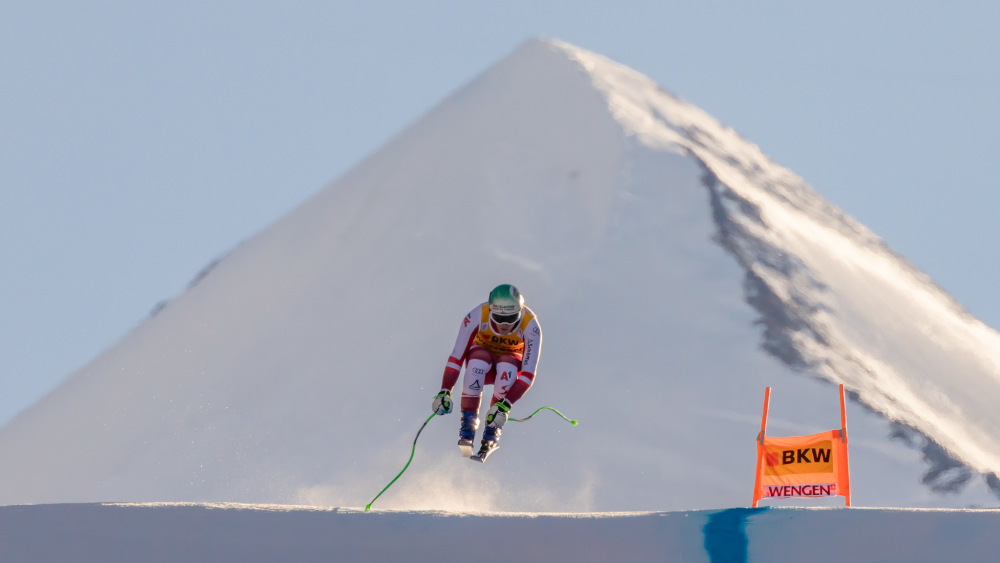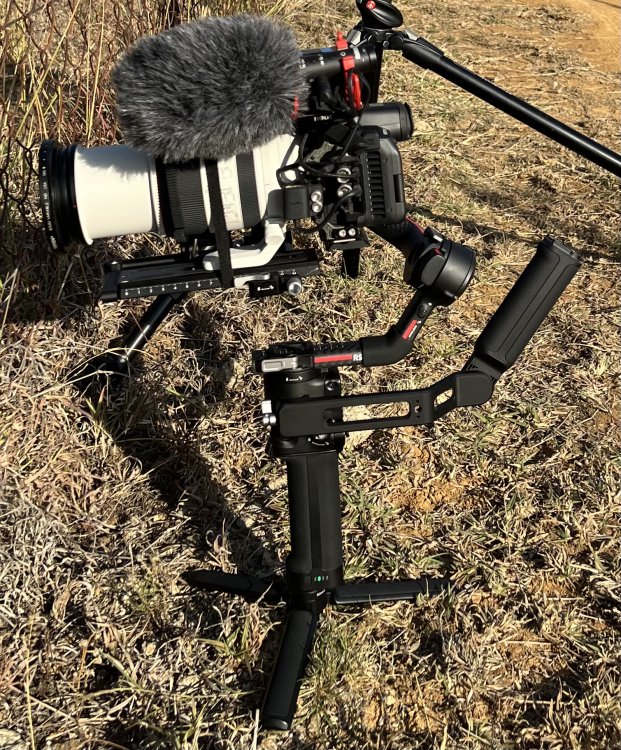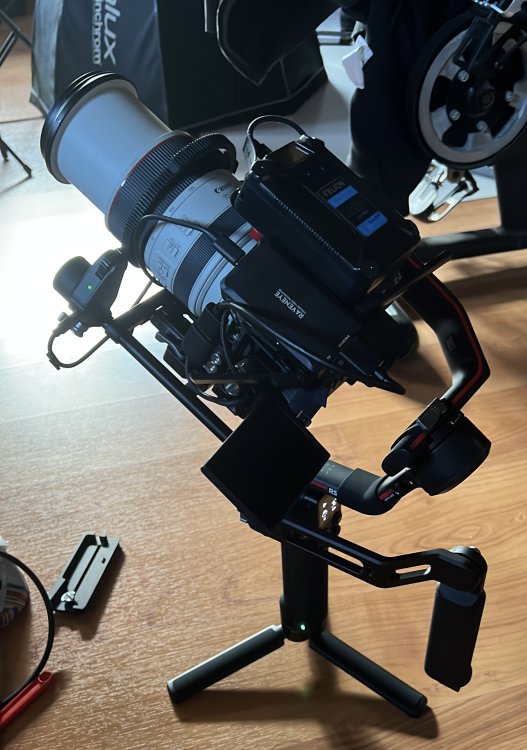
gt3rs
Members-
Posts
1,089 -
Joined
-
Last visited
Content Type
Profiles
Forums
Articles
Everything posted by gt3rs
-
I did finally edit a first version of the SA video. Canon R5c, DJI RS3 Pro, RF 70-200 2.8, RF 100-500, RF 400 2.8, EF 24-70 2.8. All shoot 8K RAW 50fps other than the Cheetahs running that are at 4k 100fps.
-
Only the leopard at iso 16'000 has NR applied, mostly chroma noise reduction. All the others have zero NR applied. RAW is more noisy and rightly so as most camera apply NR to 10bit Log, RAW should have none (I think a bit is there anyway but not sure). Imo this is great as you can fine tune the NR that you need, you can even go fancy and apply NR to only specific area or color range. If you open a R5 RAW picture in LR you will see that by default it apply color noise reduction, so some NR on RAW is needed even for photos. Although imo a well exposed ISO 800 (base iso) RAW video does not need any NR. Not knowing the settings and what was done in post out of the RAW of the video that you posted is impossible to judge imo. In general I find it better to expose to the right with Canon RAW and lower the black in post than raising the shadow.
-
Digital IS is available in all modes other than RAW. 8k 50/60 is RAW only. 8k 24-30 MP4 supports Digital IS, 4k 100/120 also.
-
OIS is always on and it helps on the gimbal with the mini vibration of the jeep One more with a more complex movement with the jeep this one with pre-focusd and then AF locked, 8K 50 RAW 1/100 slow down 2x, gimbal 70-200
-
One simpler scenario for AF, R5c on gimbal handheld on the vehicle moving, 70-200 at 2.8, 8K RAW 50fps slowed down 2x.
-
25 fps, only lens IS, lens Canon RF 400 2.8 IS (rented). I don't use EIS as I'm RAW only other than when I need 120fps that I need to use 10bit log. On long lenses 70-200, 100-500 and 400 in my experience IS works better than IS+IBIS, and as you cannot turn off IBIS and keep IS on the R5 I always use the R5c for long lens work especially handled.
-
I was also very surprised how well it managed this tricky situation. Overall AF is quite reliable but is not always perfect. This is example when it lost it in the easiest phase but the condition where really challenging. R5c 8K RAW 1/50 ISO 16'000 (yes not a typo ISO 16k) 400mm 2.8, AF tracking, on a bean bag, it was basically night and my driver did not believe I could film in that light. The beginning is out of focus until I could select the young leopard face, at 0.19 is when the camera loses him.
-
The two quick fixes that they should do is offering a battery grip that allows 8k 50/60 basically solving the battery issue and re-enable video in photo mode (why not give user the choice? They could even have a custom function that you can enable and disable video mode in photo). If you don't use 8k50/60 the battery grip makes it more useable, I use mine a lot in 8k 50 RAW so I have the V-Mount battery with USB-PD mounted over the cage. Not great but the only other camera than can do 8k RAW 50/60 is the Nikon Z9 or REDs... But we are really off topic this should belong on the R5c thread and not the R6 II one.
-
R5c RF 100-500 handled, Center area AF (large) max speed and responsiveness, 4k 100 fps (conformed to 25fps), Log3, unedited just Canon LUT applied. https://www.youtube.com/watch?v=GM1djr8LbBM
-
I used in mine on snow, rain and Africa outside on a jeep in a very sandy environment never had any issue. The battery I fully agree is pita.
-
R5 and R5c have exactly the same weather sealing and same rating.
-
around 15ms same as 24-30p, 8ms 120p the above chart is misleading as it seems for photo not video, r3 is 9.9 in ff 24-60
-
At this point cinematic = is not a still picture 😂😂
-
At the moment it seems a huge list 🙂: https://cam.start.canon/en/H001/supplement_0160.html
-
Mirrorless will always have some latency as the sensor needs to be read so some ms goes there then image need to be processed, then displayed compared to a glass only that is the OVF. Now is the R5 worst than others? There is a video on YouTube that compares the latency of Sony A1 vs R5 and both have around of 250ms total latency with the R5 20ms more mostly due to the shutter lag imo (be aware that there is the human latency too in that test). Now compared to the only mechanical one of the 5D IV that is 83ms + human latency you will notice but both would need some anticipation anyway. My point is that as being constant this latency your brain will get used to it and notice less or none. In addition, with mirrorless, other than strobe situation, you can take 20, 30 or even 40 fps now getting much more chances to get the perfect timing. Drones with digital transmission have the same issue and yet people can maneuver them in incredibly challenging situation mostly due to getting used and anticipate. Assuming that your R5 was configured correctly you will get very similar latency with R3, A1 or R7.
-
Really not sure why you cannot do it with an EVF..... but people are different so fair enough. Then you should buy a used 1Dx III until you find one. I'm still a bit puzzled as is mentioned the strobe example, where you are in single shoot mode so in the right settings R3 and R5 both runs at 120 fps refresh, now the R3 can maintain this even at 30 fps making is blackout free but the lag is the same so in a single shoot there are no difference. Btw there is another lag that is a shutter lag that is a different story, and this is 83ms in machinal and 50ms in ES for the R5, 5IV is 58ms (plus 86ms blackout) and R3 is 20ms in ES. Some more examples where timing is key with strobes but if you do it a lot you will notice as your brain will start to anticipate the "lag"
-
I also never had a problem with lag on R5 and strobes, the only thing I need is to disable exposure simulation as it would be all black in scenarios like this one
-
The 14-bit gives you max 2/3 of a stop and only up to iso 160 from 200 on no difference: https://www.photonstophotos.net/Charts/PDR.htm#Canon EOS R3,Canon EOS R3(ES),Canon EOS R5,Canon EOS R5(ES). This is why I shoot in ES most of the time other than the few times I need max DR and I can use ISO 100 or ISO 400 (btw the R3 has less DR than R5 at iso 400 mechanical) The key differentiator of the R3 imo is the very fast rolling shutter so for somebody shooting any ball related sports it may make a big difference. My grip with the R3 is the price, it should be more on the A9 range than on the A1/Z9 range.... Overall price performance the R6 II is much better than the R3, the same for R5 vs R3.... R3 should have had the same spec but with a 45 Mpix sensor then would be worth the price imo.... R1?
-
A1, Z9, have stacked sensors, but none provides better RS in FF than traditional CMOS. R3 has stacked sensor and is definitely better 9,9ms in 6K and 6,6ms in S35 but is half the pixels than A1 Z9 R5 and so on...
-
I would not take the R5 on sales as a metric as I would guess that the R5 is the most sold R series model, so you get more on the used marked. Regarding the EVF latency I'm really not sure what to say and it is probably that some people adapt better than the others. One thing is for sure my two R5 and my one R5C behave exactly the same, but they are also configured the same. I was surprised how quickly I adjusted from 1Dx III OVS/mirror blackout to R5 EVF 20 fps (I use 90% ES). I have more keepers while tracking & panning with the R5 than the 1Dx III and this it is what it counts for me. This is why I never moved to the R3 as I prefer to have the 45mpix than the better EVF....
-
I got maybe 5 frozen episodes with the R5 in 2 years all due to a crappy CFExpress card. I used to move around R5 + adapter + 200-400 F4 (3.6 kg lens) by holding only the camera with one hand and never had issue with play… and this 1-2 times a weeks for 2h hockey matches.
-
I cannot come up with 1 single advantage of the 1Dx III vs. the R5 for video usage. And only 1 for photo: initial AF acquisition. And the 1Dx III uses a completely different sensor that the R3 so it does not have the same image and quite bad RS and no AF in 5.5k 50/60p. I owned both for a while then sold the 1Dx III for adding a R5c.
-
Move to Resolve no need for external recorder if you have internal raw. FCPX not sure how long it will exist not a priority for Apple imo....
-
It should be both wired and wireless as the gimbal example is just a pain with a cable and there should be more power zoom lenses... I believe Nikon has no FF ones and neither Canon has if you exclude the Cine ones.
-
I used the R5c with the full cage and the FxLion One Battery on top of the cage on a Ronin S quite a bit and depending on the lens is a bit at the limit with the clearance. The EVF of the R5c is stick out quite a bit and the cage need some more space on the motor side. Sold the S and now I use a RS3 Pro and due to stronger motors and longer harms I can mount whatever with no issue. For my Africa project I did use a lot with the 70-200 and no problem at all to balance and still have enough clearance to go underslung. Although Smallrig claims the cage to be compatible with the DJI arca plate ,mine is not and I tested with RSC2 (too small for this camera anyway) and RS3 Pro plates and due to the security pin both cannot take the cage directly. I have the R5 full cage so maybe. Bottomline either you mount the DJI arca adapter (that comes with the gimbal) on the tripod hole of the cage or if you want something more solid you need to buy this: SMALLRIG Quick Release Plate for Arca-Type Standard Compatible with DJI RS 2 / RSC 2 / RS 3 / RS 3 Pro Gimbal - 3154 or this SMALLRIG Camera Quick Release Plate Adapter with Arca-Swiss for DJI RS 2/RSC 2/RS 3/RS 3 Pro & for Ronin-S Gimbal - 3061. I use the gimbal on high vibration environment quite a bit, on MTB, Motorbike, Jeep, Skii, Heli so the stronger motor of the RS3 Pro is a no brainer for my usage. For only 200g more is imo worth. The new auto locking of the RS3 and RS3 Pro seems a small thing but it makes life so much easier.




